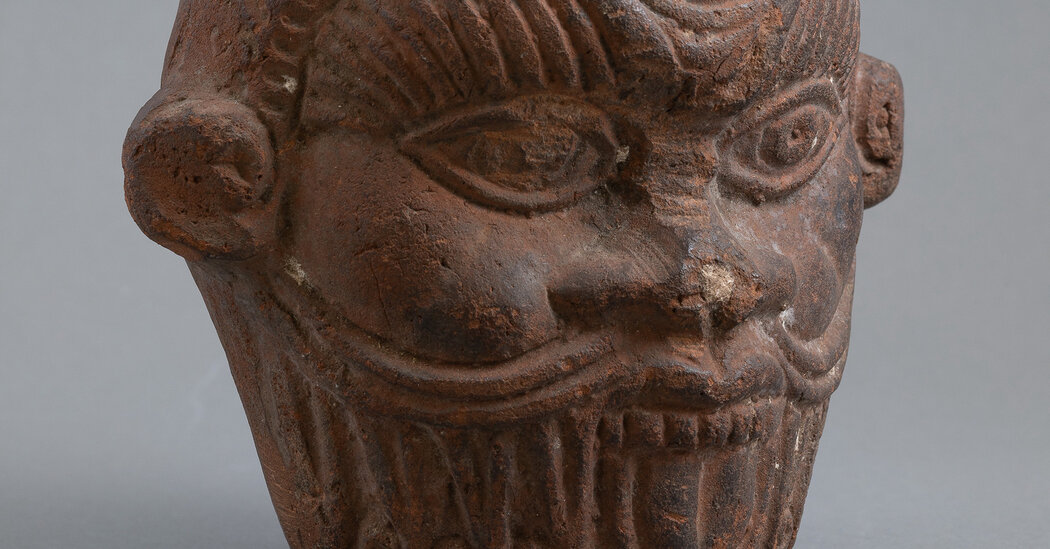Egyptians may have used hallucinogenic substances as part of a fertility rite, researchers said.
Something in the printout caught Branko van Oppen de Ruiter’s eye. He was at home in the Netherlands, working remotely for his new employer, the Tampa Museum of Art, which had named him a curator of Greek and Roman exhibits. The coronavirus had delayed his move to Florida, so he did what he could studying the museum’s collections from afar.
That was when he noticed, on a list of the museum’s holdings, a cup from the second century B.C. bearing the face of Bes, a notoriously ugly ancient Egyptian god who was fond of revelry. There was an identical cup in the Allard Pierson museum of antiquities in Amsterdam, where Dr. van Oppen previously worked. “That fascinated me,” he said in an interview.
Archaeologists and chemists analyzed the mug and found a big surprise: It contained traces of hallucinogenic plants. As they and Dr. van Oppen wrote this month in Scientific Reports, the mug offered the first chemical evidence that ancient Egyptians ingested hallucinogenic substances, possibly as part of a fertility rite.
The findings add to a growing body of evidence that civilizations in and around the Mediterranean region were just as aware of hallucinogens’ unique properties as their Mesoamerican counterparts. Recent studies have found that the Greeks and Romans may have also ingested plants with psychedelic properties, either to reach elevated spiritual states or as part of medical treatment.
In ancient Egyptian lore, the god Bes was responsible for fertility and had a penchant for mischief. “He’s a beer drinker and a hell-raiser,” a demon who just might answer a supplicant’s prayers, Dr. van Oppen said. “There are so many contradictions embodied in Bes.”
There are about 15 identical Bes cups in museum collections around the world, each one showing the god’s face on the body of the vessel. Such objects, made from molds, may have had widespread use in ancient societies, including for rituals, experts said.
